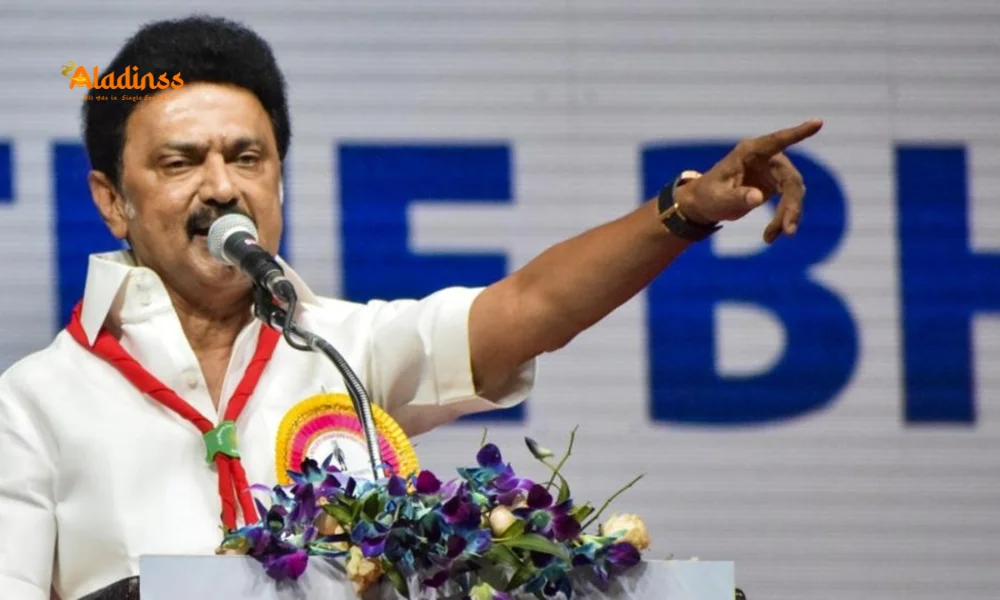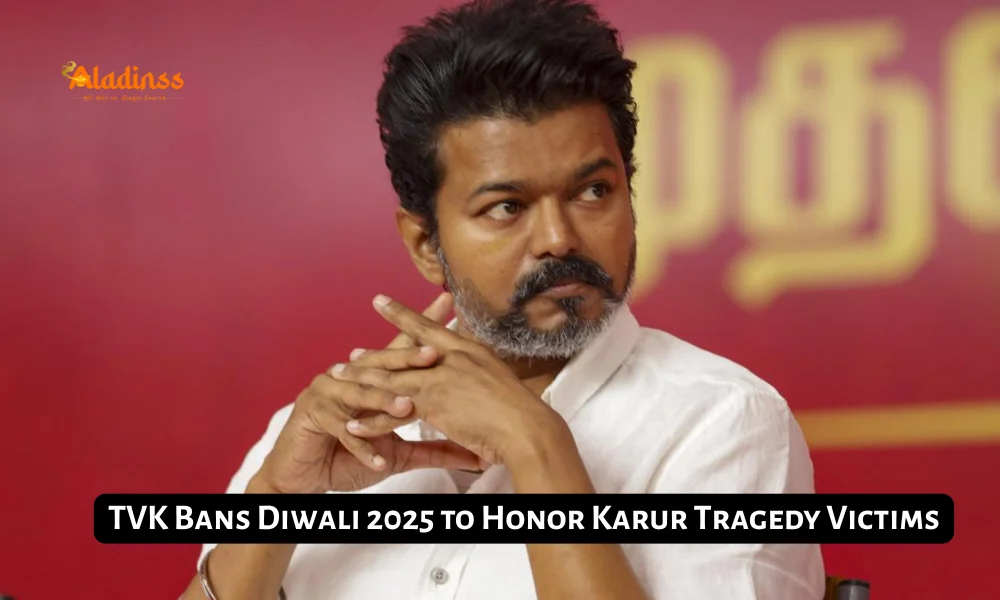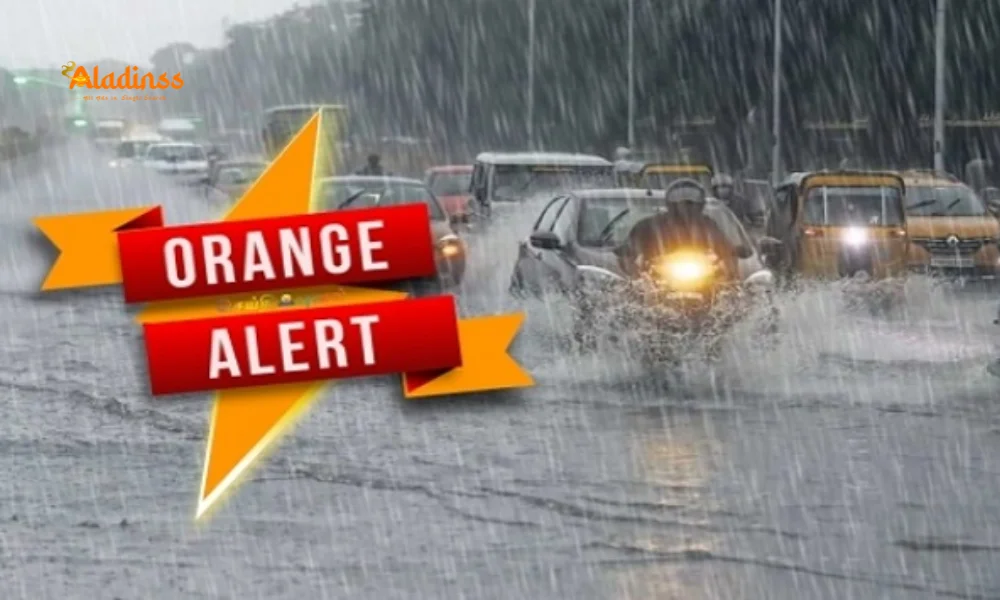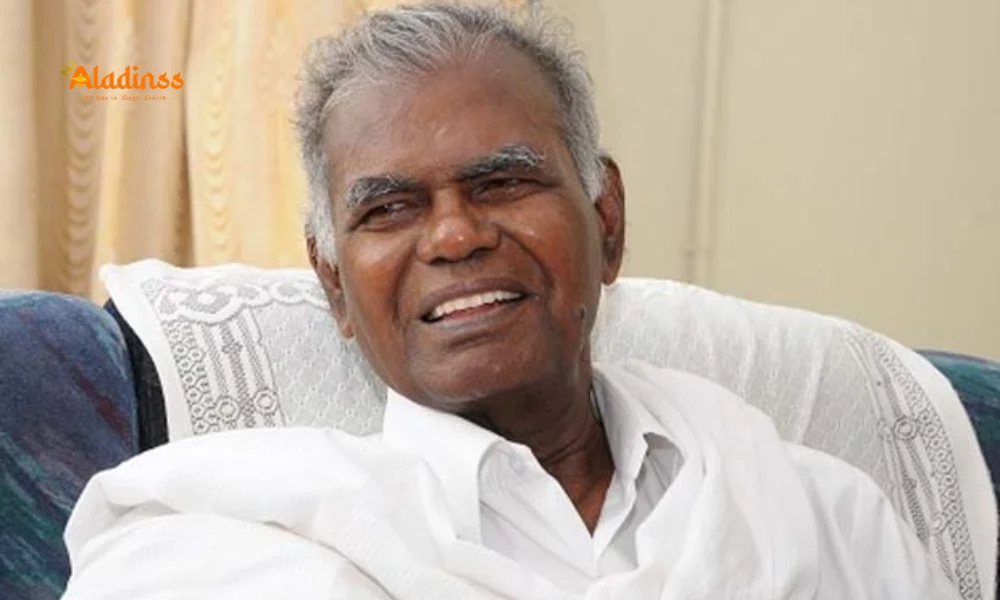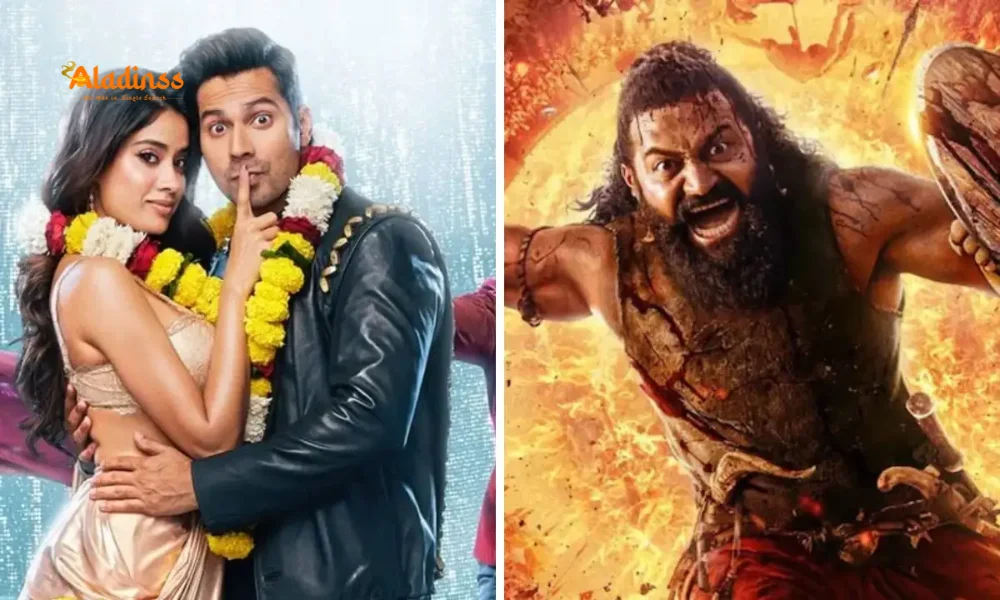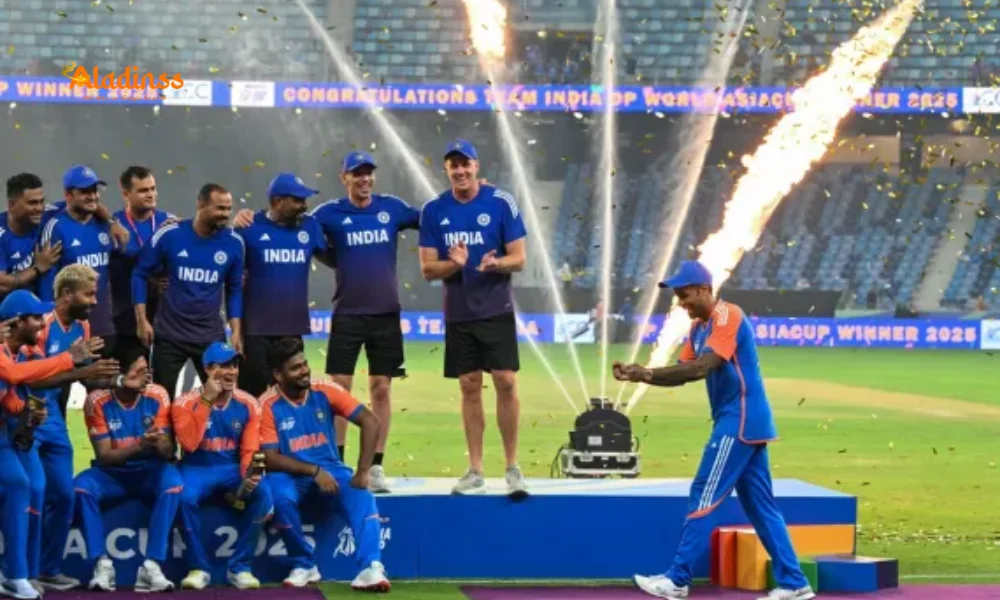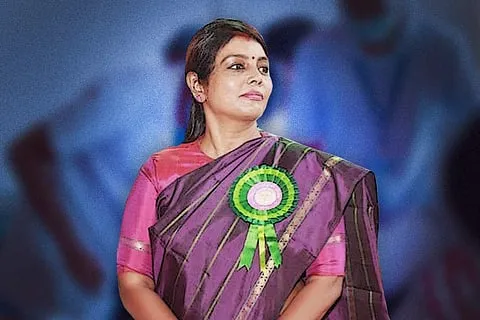PM Modi Rides Shinkansen, Greeted with ‘Modi-san’ in Sendai
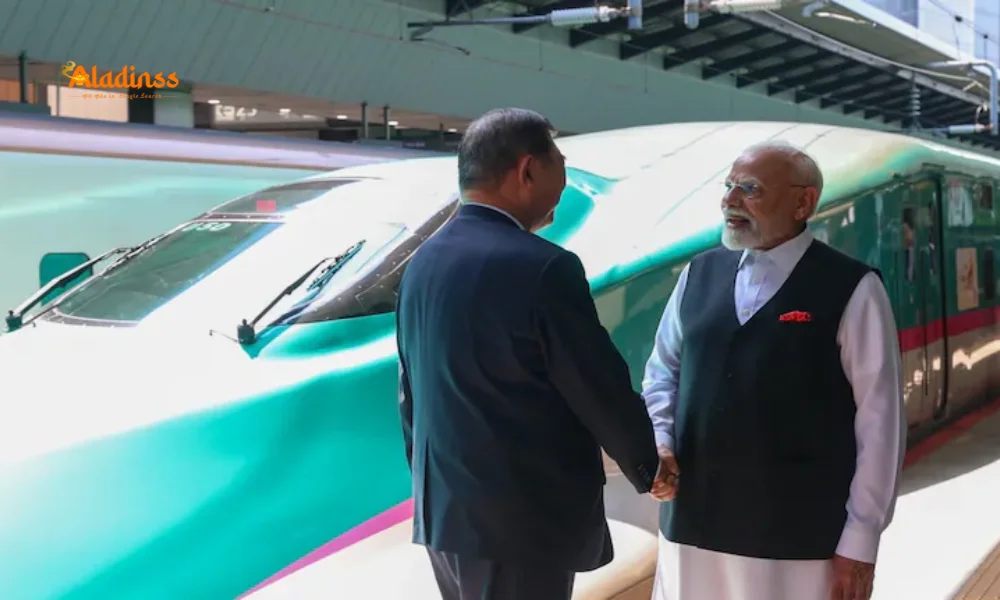
PM Modi Rides Shinkansen Bullet Train, Greeted with ‘Modi-san’ Chants in Sendai
Prime Minister Narendra Modi’s two-day visit to Japan on August 30, 2025, took a symbolic turn as he boarded the iconic Shinkansen bullet train alongside Japanese Prime Minister Shigeru Ishiba, traveling from Tokyo to Sendai. Upon arrival, Modi was warmly welcomed by enthusiastic crowds chanting “Modi-san, welcome!” at Sendai’s semiconductor hub, reflecting the strong India-Japan bond. This visit, marking Modi’s first standalone trip to Japan in nearly seven years, underscores the deepening strategic and economic ties between the two nations. From cultural exchanges to high-tech collaborations, the visit highlights a pivotal moment in the India-Japan Special Strategic and Global Partnership.
A Warm Welcome in Sendai
As Prime Minister Modi stepped off the Shinkansen bullet train in Sendai, he was greeted with resounding chants of “Modi-san, welcome!” from a large crowd gathered at the city’s semiconductor hub. The use of “san,” a Japanese honorific denoting respect, underscored the warmth and admiration for Modi among the locals. The enthusiastic reception included both Japanese nationals and members of the Indian diaspora, who waved and cheered, with some shouting “Welcome to Japan!” Modi responded with smiles and handshakes, particularly engaging with children in the crowd, further strengthening the cultural connection between the two nations.
The journey from Tokyo to Sendai on the Shinkansen, a symbol of Japan’s technological prowess, was not just a mode of transport but a gesture of solidarity. Accompanied by Prime Minister Shigeru Ishiba, Modi’s train ride highlighted Japan’s commitment to supporting India’s high-speed rail ambitions, particularly the Mumbai-Ahmedabad High-Speed Rail (MAHSR) project. The event was widely shared on social media, with both leaders posting pictures and messages, emphasizing the strong bilateral ties.
Engagements in Sendai: Semiconductor Hub and Bullet Train Collaboration
A key highlight of Modi’s visit to Sendai was a tour of a cutting-edge semiconductor facility in Miyagi Prefecture, developed by Taiwan’s Powerchip Semiconductor Manufacturing Corporation (PSMC) in collaboration with SBI Holdings and Japanese partners under the Japan Semiconductor Manufacturing Company (JSMC). Located in the Second Northern Sendai Central Industrial Park in Ohira Village, this plant is set to produce 12-inch semiconductor wafers, starting with 40-nanometre technology and expanding to 28 nm and 55 nm nodes. The facility targets the growing demand for automotive electronics, driven by the rise of electric vehicles and next-generation mobility solutions.
The visit to the semiconductor plant underscores India and Japan’s shared focus on economic security, particularly in critical technologies like semiconductors, artificial intelligence, and clean energy. The Sendai region, already a hub for chip-making with companies like Renesas and Shin-Etsu, is poised to strengthen its position through this venture. Modi’s tour, accompanied by Ishiba, signals a deepening partnership in high-tech industries, with potential benefits for both nations’ economies.
Strengthening India-Japan Ties
Modi’s visit is part of the 15th India-Japan Annual Summit, where he and Ishiba reviewed progress in bilateral cooperation across sectors like infrastructure, defense, energy, and technology. The summit, held at Ishiba’s invitation, aims to deepen the Special Strategic and Global Partnership established between the two nations. Discussions covered a wide range of topics, including the potential for manufacturing Japan’s next-generation E10 Shinkansen bullet trains in India, a move that could revolutionize India’s rail infrastructure.
The Shinkansen ride itself was a symbolic gesture, reinforcing Japan’s support for India’s high-speed rail ambitions. Modi also met Indian train drivers undergoing training at East Japan Railway Company (JR East), a testament to the collaboration in skill development and technology transfer. This interaction, shared by both leaders on social media, highlighted the human element of the partnership, with Indian loco pilots learning to operate the advanced Shinkansen system.
Cultural Connections and the Daruma Doll
The visit was infused with cultural significance, starting with Modi’s arrival in Tokyo on August 29, 2025. He was greeted with vibrant performances of Indian classical dances such as Mohiniyattam, Kathak, Bharatnatyam, and Odissi, alongside folk songs presented in Rajasthani attire. Japanese nationals added to the warm welcome by reciting the Gayatri Mantra, while the Indian diaspora chanted “Bharat Mata ki jai,” creating an atmosphere of shared heritage and goodwill.
A particularly poignant moment came when Rev Seishi Hirose, chief priest of the Shorinzan Daruma-Ji Temple, presented Modi with a Daruma doll. This iconic Japanese symbol of perseverance and good fortune has historical and spiritual ties to India, rooted in the legacy of Bodhidharma, a Buddhist monk. The gesture underscored the deep cultural connections between India and Japan, with Modi expressing gratitude for the honor on social media.
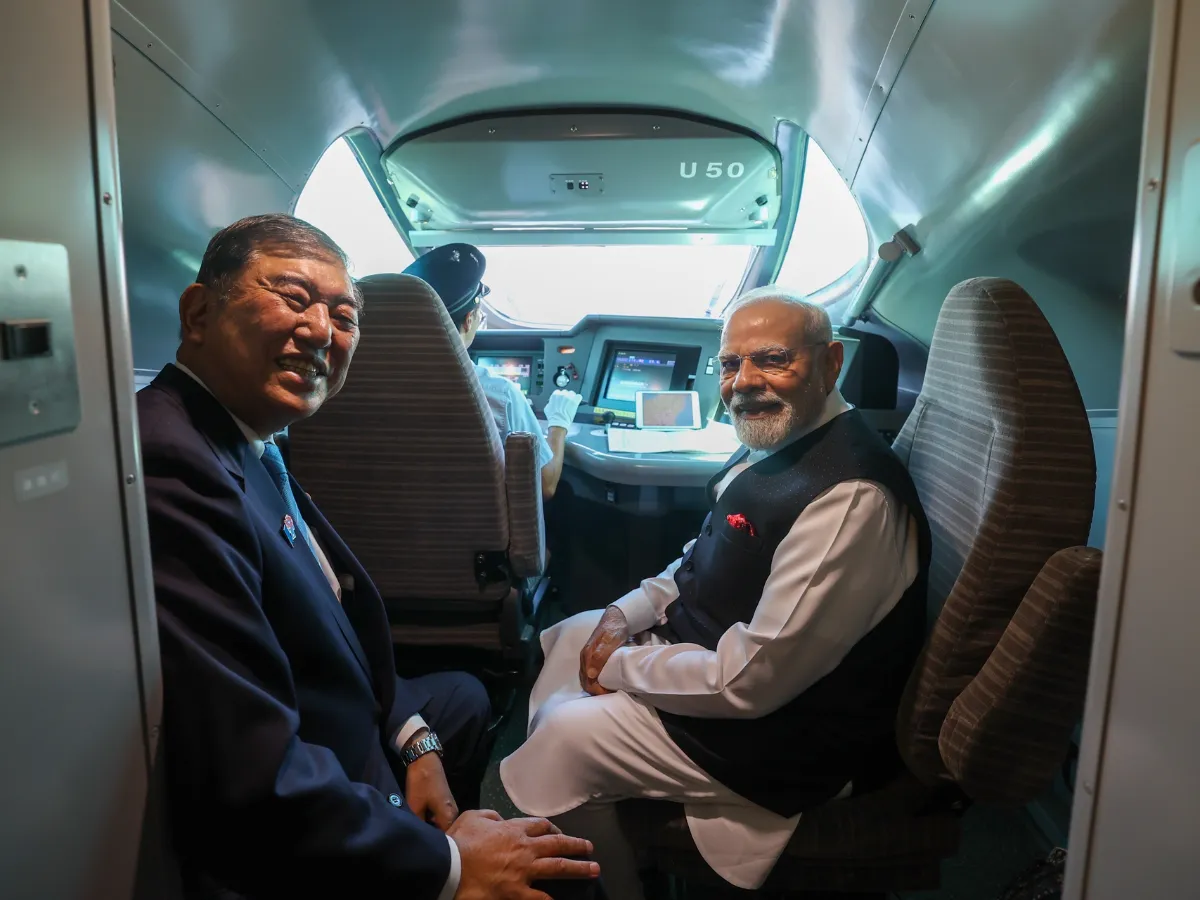
Economic and Strategic Collaborations
The India-Japan partnership has seen remarkable progress, with Japan pledging investments of 10 trillion yen (approximately ₹6 trillion) in India over the next decade. This commitment, formalized during Modi’s visit, spans sectors like artificial intelligence, semiconductors, and renewable energy. The agreement builds on the success of previous investments, with Japan surpassing its earlier target of 5 trillion yen by 2025, a year ahead of schedule. Discussions are underway to raise the investment target to 7–10 trillion yen, signaling confidence in India’s economic potential.
The visit also highlighted advancements in space collaboration, with India’s ISRO and Japan’s JAXA working together on the Lunar Polar Exploration Mission (Lupex), linked to Chandrayaan-5. This partnership opens doors for Indian startups to leverage Japanese technology, fostering innovation in space exploration. Additionally, defense cooperation was a key focus, with discussions on potential collaborations between the Indian Navy and Japan’s Maritime Self-Defense Force for ship maintenance in India.
State-Prefecture Cooperation and Global Engagement
Earlier in the day, Modi met governors of 16 Japanese prefectures in Tokyo, advocating for stronger state-prefecture cooperation under the India-Japan partnership. This initiative aims to foster localized collaborations, enabling Indian states and Japanese prefectures to share expertise in areas like technology, education, and tourism. The Ministry of External Affairs emphasized that this approach would enhance people-to-people ties, further strengthening bilateral relations.
Modi’s visit to Japan is part of a broader diplomatic itinerary, with his next stop being Tianjin, China, for the Shanghai Cooperation Organisation (SCO) Summit from August 31 to September 1. The back-to-back engagements reflect India’s active role in global diplomacy, balancing partnerships with key allies like Japan while engaging in multilateral forums like the SCO.
The Significance of the Shinkansen Collaboration
The Shinkansen bullet train project remains a cornerstone of India-Japan collaboration. The Mumbai-Ahmedabad High-Speed Rail corridor, spanning 508 kilometers, is being developed with Japanese technology and funding. The project, initially planned with the E5 Shinkansen series, has now shifted to the advanced E10 series, which boasts enhanced safety features and a top speed of 400 kmph. The decision to manufacture E10 trains in India, potentially announced during this visit, marks a significant step toward self-reliance in high-speed rail technology.
The collaboration is likened to the transformative Maruti-Suzuki partnership of the 1980s, combining India’s cost-effective manufacturing with Japan’s technological expertise. The project is expected to create jobs, boost infrastructure, and potentially position India as an exporter of high-speed trains to third countries. Modi’s interaction with Indian train drivers training at JR East further emphasizes the skill-sharing aspect, ensuring India is well-equipped to operate and maintain the Shinkansen system.
Comment / Reply From
No comments yet. Be the first to comment!
